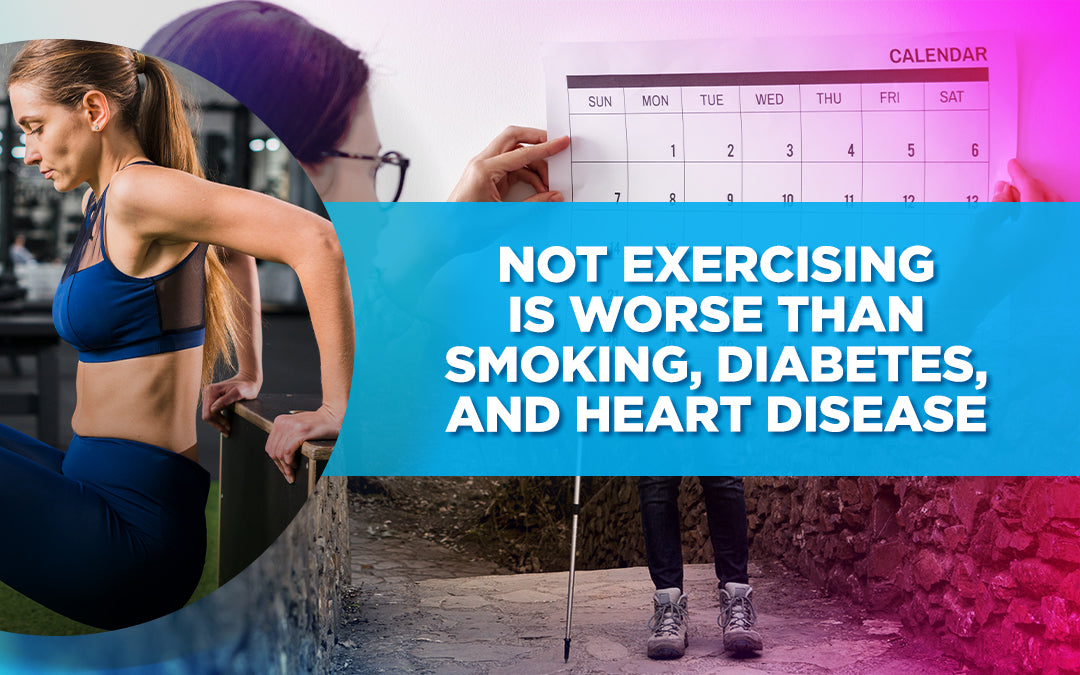The Truth About Vitamin D: What You Need to Know
Dr. LivingoodShare

Today, we’re diving into a nutrient that’s gaining a lot of attention — vitamin D. Often dubbed a “super nutrient,” vitamin D is crucial to our overall health, so much so that it’s now considered almost a hormone due to its broad range of impacts on the body. It’s linked to everything from how our body produces and uses fat, to the functioning of our immune system. But how much do you really know about vitamin D? More importantly, are you getting the right kind and the right amount? Let’s break down what you need to know.
Why Vitamin D Matters
Vitamin D plays a vital role in many critical bodily functions. It’s connected to hormone production, fat metabolism, and immune system strength. If your vitamin D levels are low, you could be opening the door to a host of health issues, including diabetes, heart problems, and even certain cancers. That’s why it’s crucial to ensure you’re getting enough of this super nutrient.
But here’s the truth — not all vitamin D is created equal. Understanding the difference between vitamin D2 and D3 can make a world of difference in your health outcomes.
The D2 vs. D3 Debate
When it comes to vitamin D, there are two main forms you’ll encounter: vitamin D2 and vitamin D3. Many people are prescribed vitamin D2, especially in higher doses like 50,000 IU per week. However, the research doesn’t paint a pretty picture of vitamin D2. Studies have shown that taking vitamin D2 could actually increase mortality rates. That’s right — this form of vitamin D might be doing more harm than good.
On the other hand, vitamin D3, the kind your body produces when exposed to sunlight, has been shown to decrease mortality rates. Research has demonstrated that D3 can significantly reduce the risk of several cancers and heart-related issues. For instance, taking D3 can lower the risk of ovarian cancer by 17%, breast cancer by 83%, and multiple sclerosis by up to 54%. The difference in health outcomes between D2 and D3 is staggering, making it essential to opt for D3 whenever possible.
The Importance of Getting Your Levels Right
So, how much vitamin D3 should you be taking? The goal is to get your blood levels of vitamin D3 to at least 50 ng/mL. At this level, you can reap the maximum benefits, including reducing the risk of various cancers, heart diseases, and other chronic conditions.
To get your levels up to 50 ng/mL, you’ll need to adjust your daily intake based on your current vitamin D levels. For example, if your current level is 30 ng/mL and you want to reach 50 ng/mL, you might need to take around 3,100 IU of vitamin D3 daily. If your levels are lower, say 15 ng/mL, you may need closer to 10,000 IU per day. It’s also crucial to have your levels tested regularly to ensure you’re on track.
How to Take Vitamin D3 for Maximum Absorption
Taking vitamin D3 isn’t just about popping a pill and calling it a day. Vitamin D3 is fat-soluble, meaning it needs to be taken with fat to be properly absorbed by your body. Combining your D3 supplement with a good quality omega-3 supplement can significantly improve absorption. This ensures that the vitamin D3 you’re taking is actually making its way into your system where it can do the most good.
Don’t Forget Vitamin K
One of the most critical aspects of taking vitamin D3 is ensuring you’re also getting enough vitamin K. Without adequate vitamin K, the calcium that vitamin D helps absorb can end up in your arteries instead of your bones, leading to a hardening of the arteries. This condition, known as hypercalcemia, increases your risk of heart attacks and other cardiovascular issues.
To avoid this, you should take vitamin K alongside your vitamin D3 in a 10:1 ratio.
For example, if you’re taking 1,000 IU of vitamin D3, you should also take 100 micrograms of vitamin K. This combination helps direct the calcium to your bones, where it belongs, rather than allowing it to accumulate in your arteries.
For a high vitamin K diet, be sure to stock up on green leafy vegetables and natural fats!

Final Thoughts on Vitamin D
To sum it all up, here’s what you need to remember about vitamin D:
- Avoid Vitamin D2: If you’re currently taking vitamin D2, it’s time to reconsider. The research shows that it’s not only ineffective but could also be harmful.
- Opt for Vitamin D3: This is the form of vitamin D your body needs and can effectively use. It’s the type your body produces naturally from sunlight, and it has been shown to reduce the risk of several serious health conditions.
- Pair with Vitamin K: To ensure your vitamin D3 is working for you and not against you, make sure you’re also taking vitamin K. This combination helps prevent the hardening of arteries and ensures calcium is used where it’s needed most — in your bones.
- Take with Fat: Remember that vitamin D3 is fat-soluble, so take it with a source of healthy fat to boost absorption.
- Monitor Your Levels: Regular testing of your vitamin D levels can help you adjust your intake and make sure you’re staying within the optimal range of 50–100 ng/mL.
By understanding the truth about vitamin D, you can make informed choices that significantly impact your health. This simple yet powerful nutrient has the potential to prevent a wide array of health issues, but only if you’re getting the right kind and in the right amounts.
So, next time you’re stocking up on supplements, take a closer look at what you’re buying. Make sure it’s vitamin D3, paired with vitamin K, and taken with fat. This approach could be the key to unlocking a healthier, longer life.
Share
Related Articles
Most Popular
-
The 5 Amazing Benefits of Omega-3s
August 13, 2024 -
Healing Your ‘Second Brain’: The Path to a Healthier Gut
August 13, 2024







